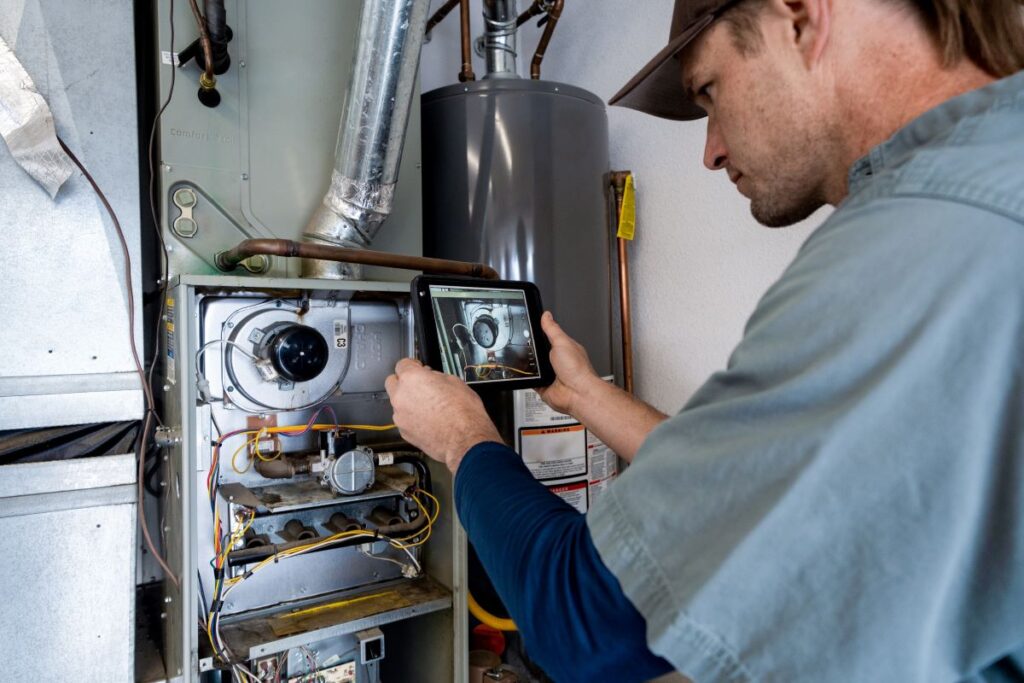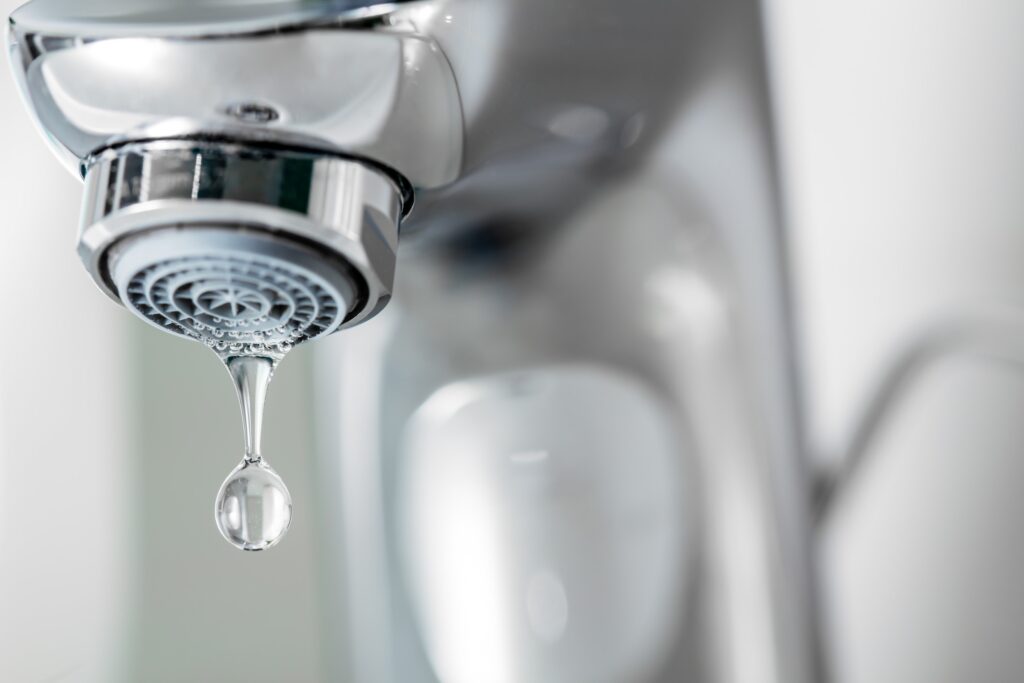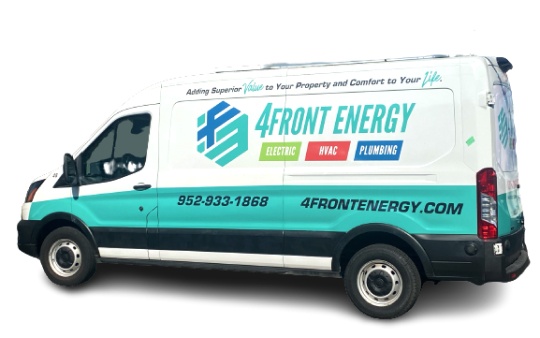The thought of breathing contaminated air should make just about anyone feel uneasy. What would be more disturbing if this were the air found in our living spaces at home? Luckily that does not have to happen.
Filters are our HVAC’s line of defense against particles that have no business being in our residence’s atmosphere. These all aren’t created equally though, with some being better than others. It would then be fitting that they are classified depending on their effectiveness.
MERV Rating
In 1987 the American Society of Heating, Refrigerating, and Air-Conditioning Engineers came up with a way of rating Air Filters and called it the MERV Rating. This rating is a means of classifying filters based on how well they capture particles and debris. A grade of 1 would be granted to a filter with the least performance, while 20 would be the best.
This rating system was created to help both consumers and technicians so they would find it easier to distinguish these and come to a decision.
Appropriate Equipment
Deciding to move up the scale doesn’t mean you should immediately make the purchase. Equipment differs on their power. The more powerful a unit is, the more it can get air through the filter. So expectedly the higher the MERV, the stronger the HVAC has to be.
A system that is paired with a filter that has a rating too high for it will have a hard time getting air through. The inadequate amount of air reaching your home forces the system to put in more effort and to work longer. This increases its rate of deterioration, and if it persists, it could wear out sooner than average.
So when looking to get new filters, make sure to consult with a professional to make sure if your HVAC can take it.
Different Ratings For Residences
For you to better pick a filter you’ll want to use here is a guide to the ratings and what they can do.
Merv 1 to 4
These are commonly default filters of units and are only good for trapping larger particles. They have a 20 percent success rate in capturing ones that have a size bigger than 10 microns.
-
Pollen
-
Spray paint dust
-
Sanding dust
-
Dust mites
-
Textile fibers
Merv 5 to 8
These are preferred by most residences. They have a success rate of trapping 80 to 90 percent of allergens with the size of 3 to 10 microns.
These filter out everything from the previous list, plus:
-
Pet Dander
-
Mold Spores
-
Fine Dust
Merv 9 to 12
Majority of these can be found in commercial or medical settings. There are some residences who use this though, and they are advisable for those with respiratory conditions. These can capture 90 to 95 percent of particles that are sized 1 to 3 microns.
These filter out everything from the previous list, plus:
-
Fumes from welding
-
Vehicular smoke
-
Odors
-
Much finer dust
-
Legionella
How 4Front Energy Can Help
Your health should be the greatest investment you can make. So if you can afford to get the best of filters and the corresponding equipment for them then go for it. There is no money better spent than on a person’s well-being. To get a professional opinion on what’s best for your home, talk to one of our licensed HVAC technicians. Call 4Front Energy at (952) 933-1868.




